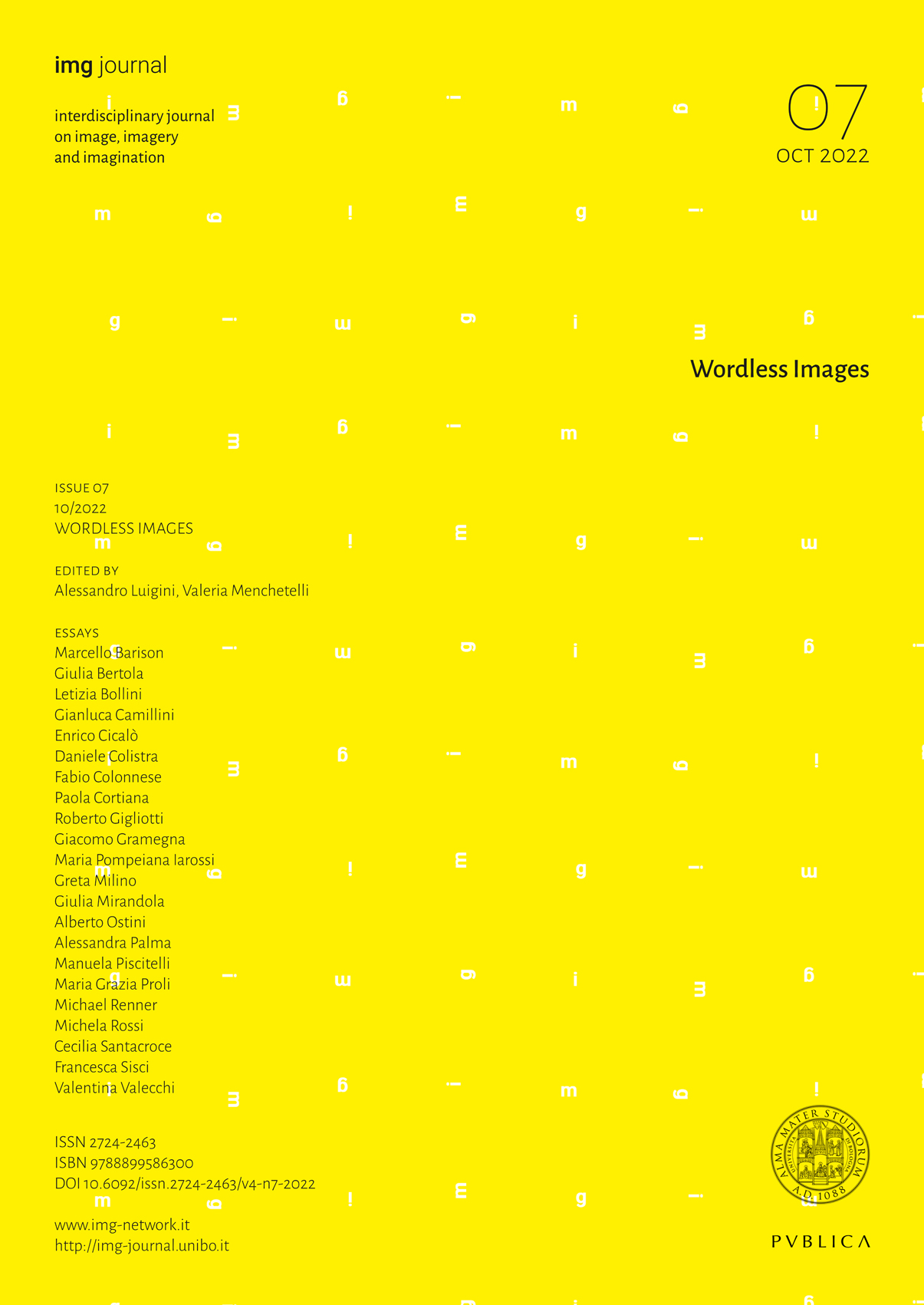Silent Books. A Space of Imagination Where the Language of Illustration and Photo-Literature Meet
DOI:
https://doi.org/10.6092/issn.2724-2463/15127Keywords:
literacy in early childhood, photo-literature for children, ethical components in images, visual cognition, multilingual pedagogies in early childhood educationAbstract
By reading silent books with pictures and photographs, a space of imagination is created, that is suitable for the development of thought, logics and critical judgement already at an early age. I will show, by means of a case study, what happens within a visual book club in a European, multilingual primary school in Berlin.The article draws a seamless line between some editorial projects implemented in Italy in the 1970s and more recent research and cultural mediation experiences in this field. In addition to the practical value of these initiatives, the ethics of vision is emphasised. Which material and reading methods can be used to affirm visual models that can help children freely define the relationship between images and the interpretation of reality? Finally, silent books include tactile and multisensory books. How can a visually impaired person participate in the visual reading experience based on wordless, tactile and multisensory books? Starting from this question, which may sound paradoxical, my article comes close to an extreme limit, a turning point and, at the same time, a bridge between the study of silent books and the latest developments in the field of reading accessibility.
Downloads
Published
How to Cite
Issue
Section
License
Copyright (c) 2022 Giulia Mirandola

This work is licensed under a Creative Commons Attribution 4.0 International License.





